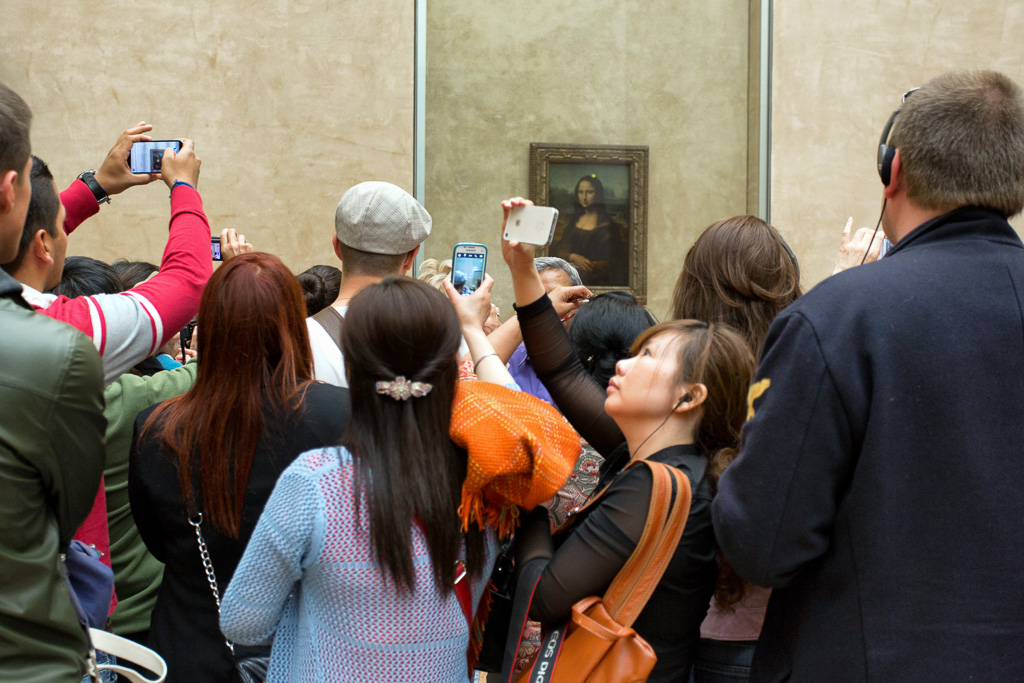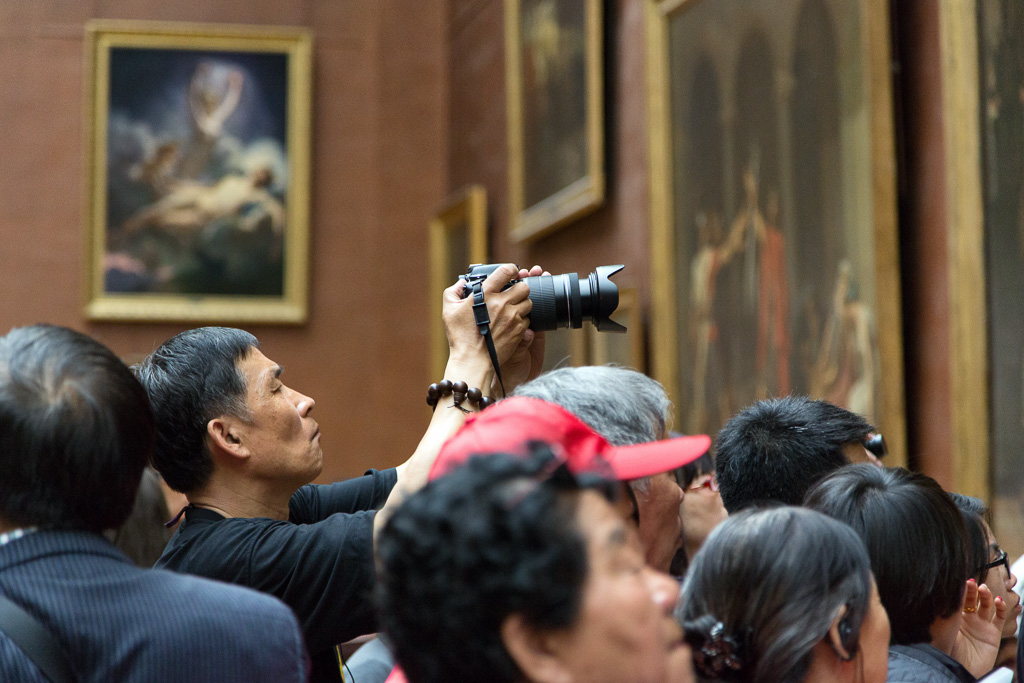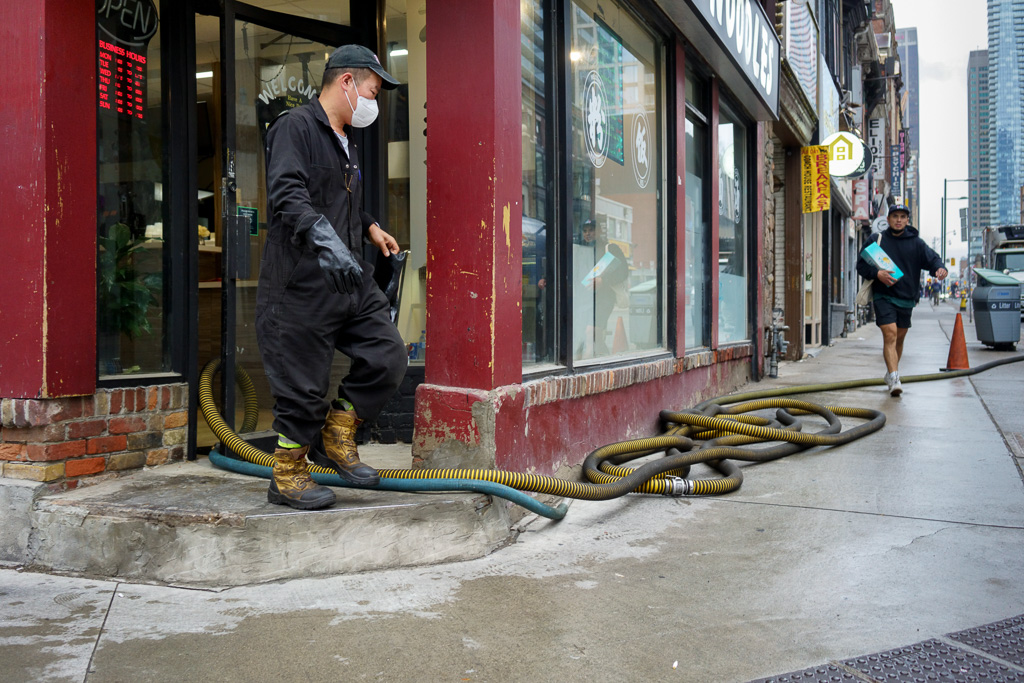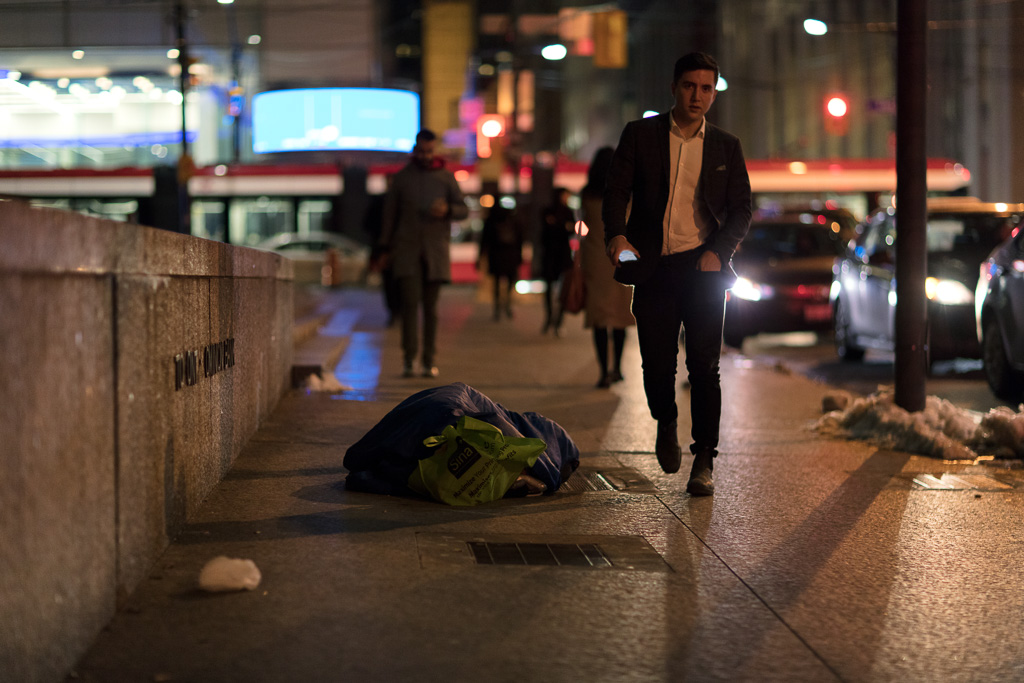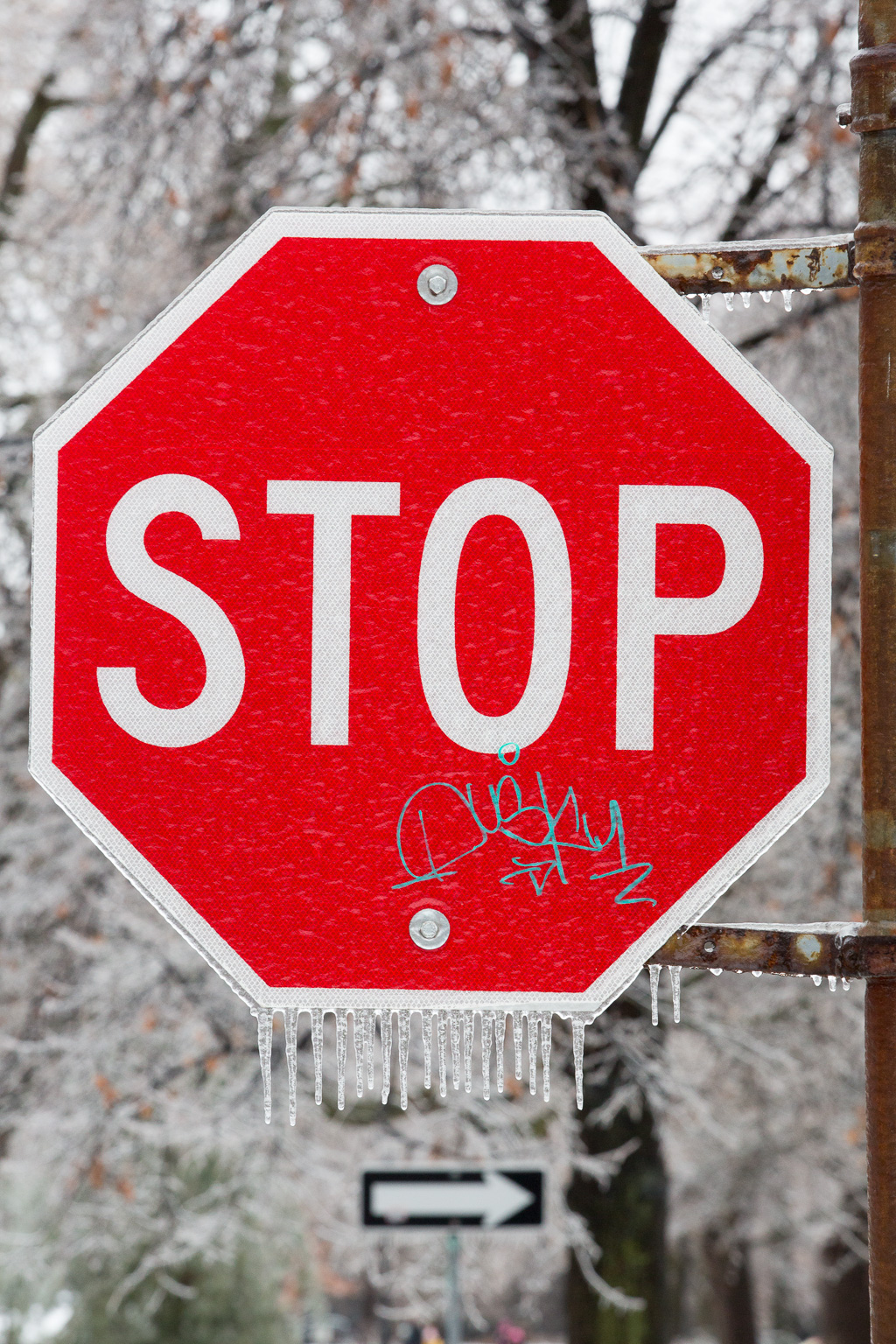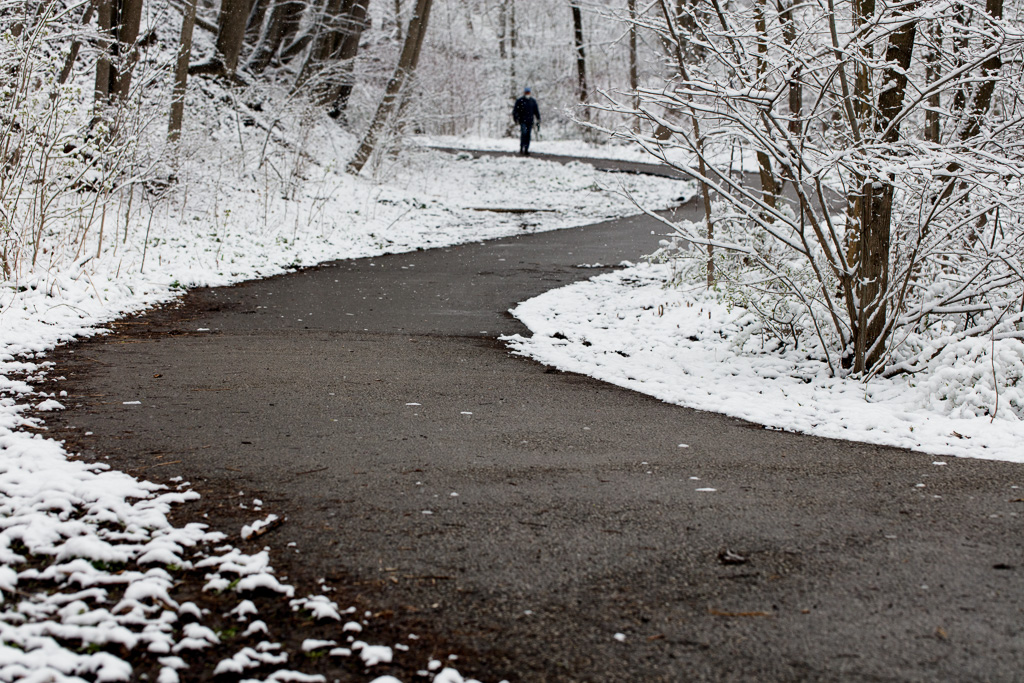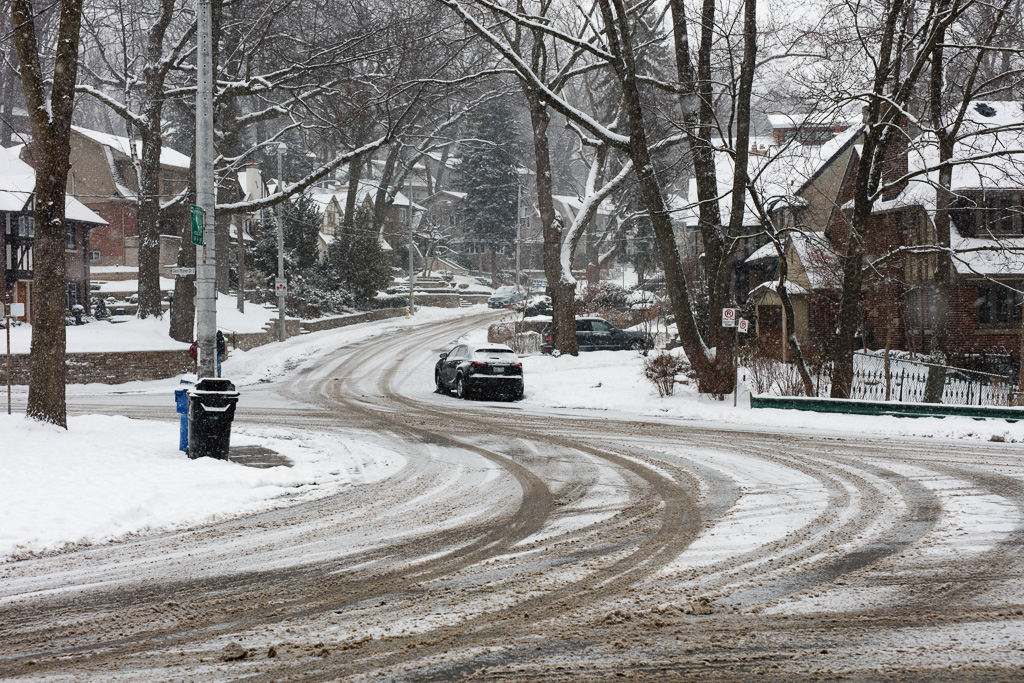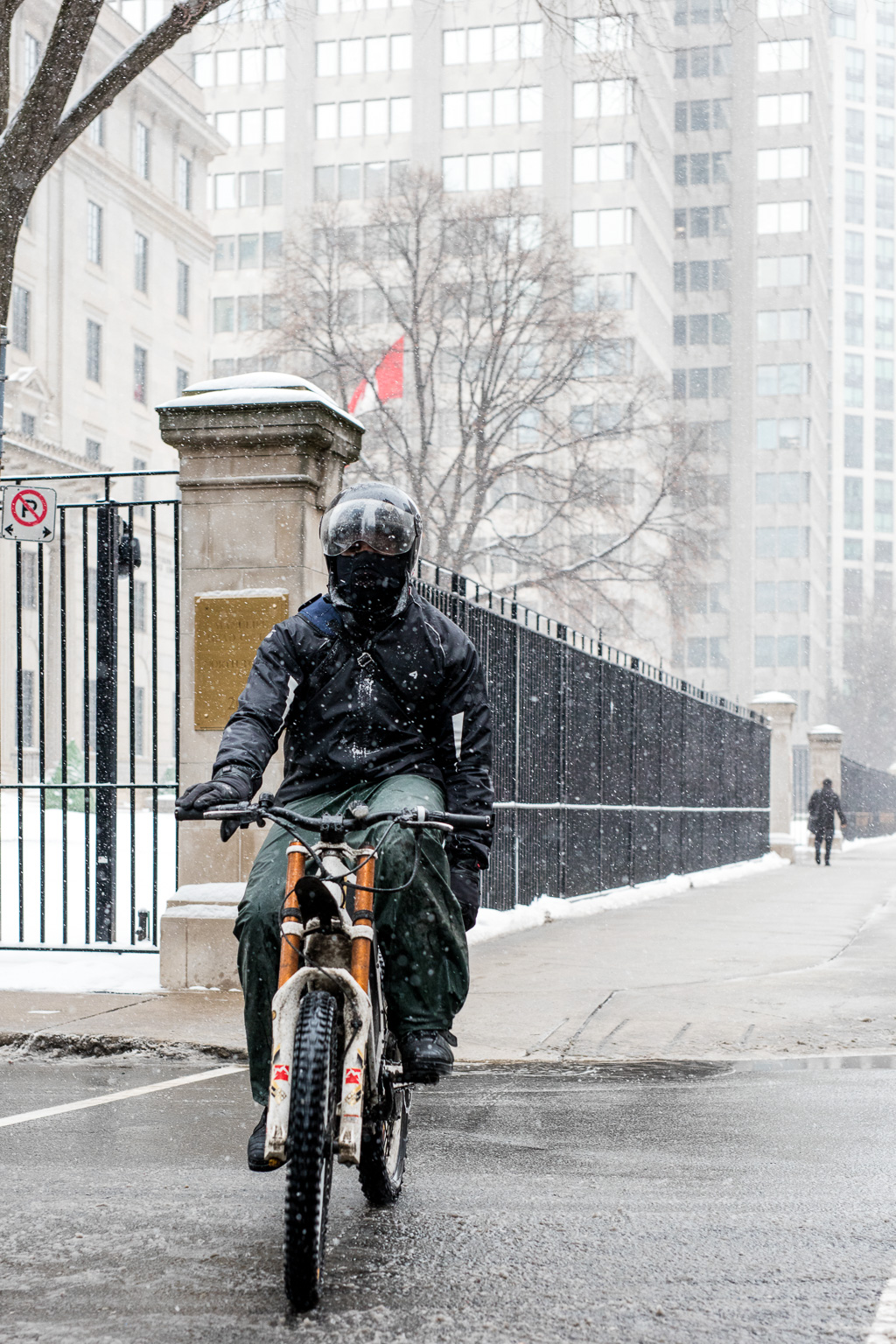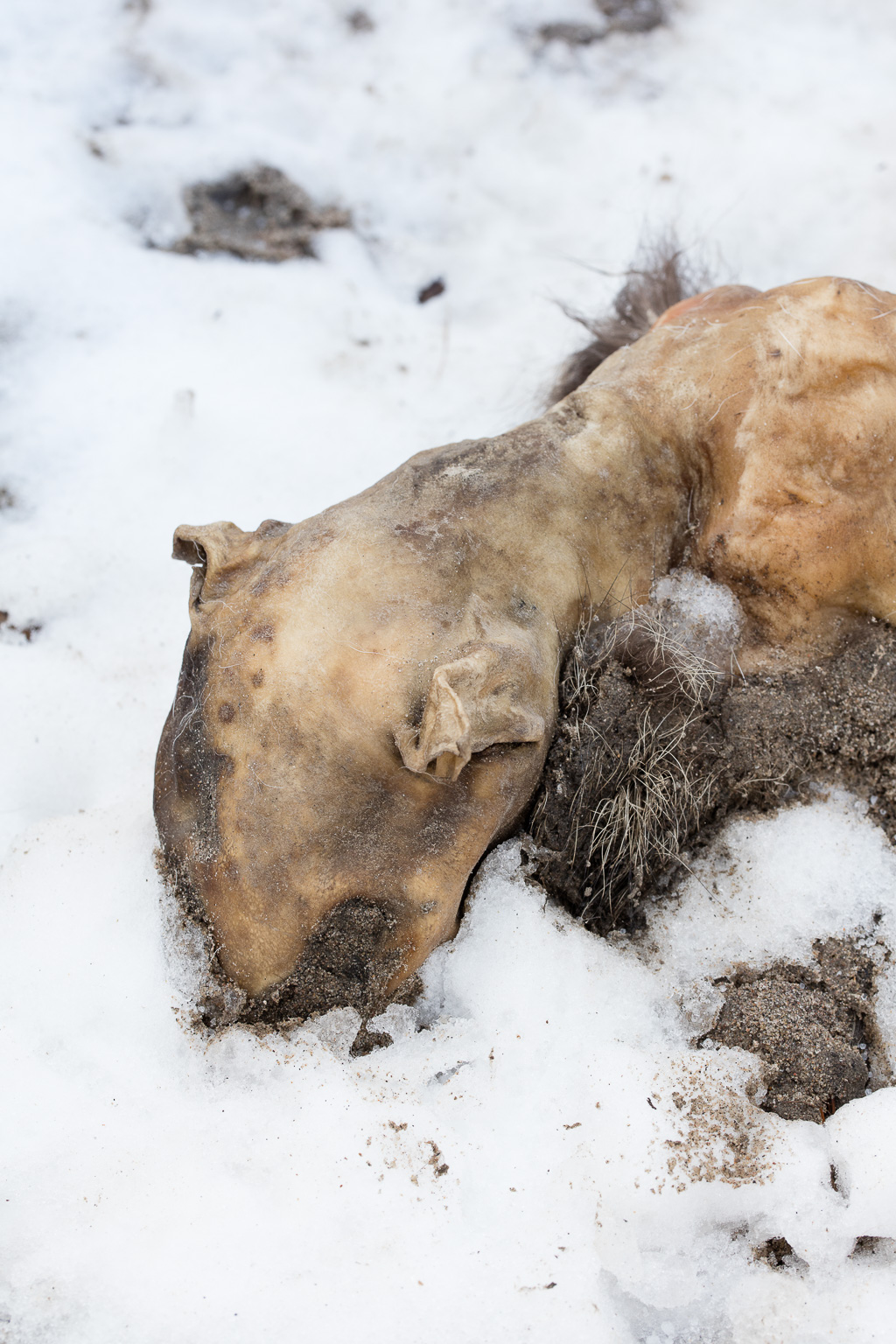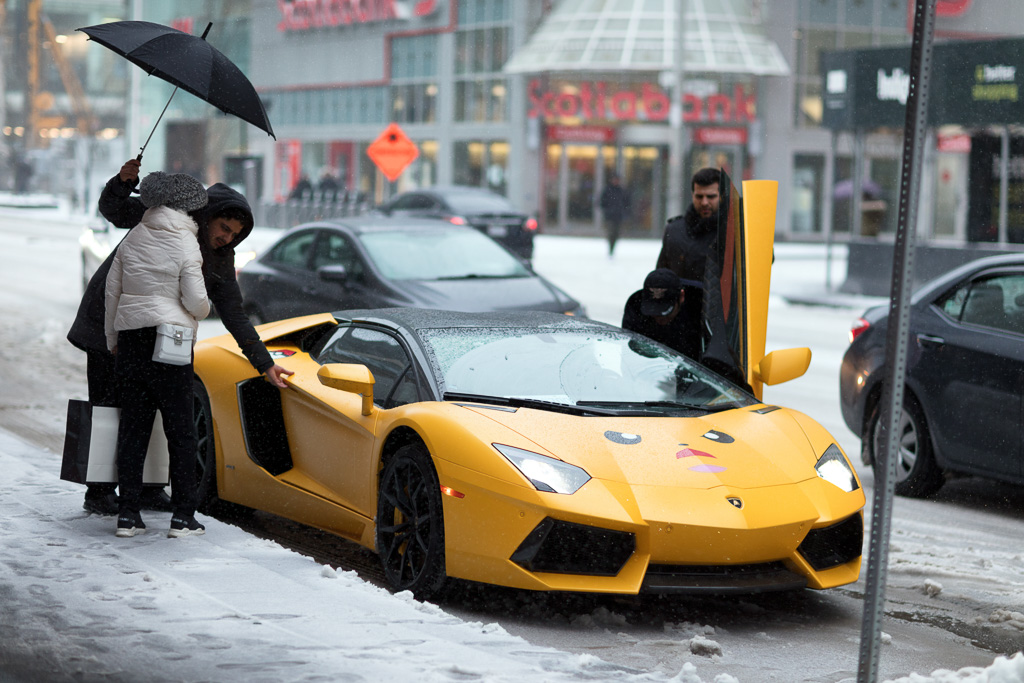I suppose you’re going to call me a philistine or a dilettante because I go to museums not to look at the works of art but to look at the people looking at the works of art. And maybe you’re right. But to my mind, people are infinitely more interesting than works of art, especially if those works of art are hundreds of years old and commissioned by powerful people or institutions as a way to celebrate the fact that their social station granted them such power. In polite moments, I’d call this tautological; in blunter moments, I’d call this masturbatory.
Now, we hang these works in galleries that are accessible to humbler sorts like you and me, but in a way the message remains the same. We allow these paintings to persuade us that there is an official Art with a capital “A” that is worthy and valuable, and then there is the pedestrian stuff that humbler sorts like you and me produce that, however, compelling, is not so valuable.
We come into the presence of these works like travellers on a religious pilgrimage, and we abase ourselves before them mostly by photographing them as a sign of our absolute belief that nothing could be a worthier subject matter for our cameras. Outside these walls there may be people and traffic and gardens and birds winging through the sky, but who are we to decide that such things deserve our attention? We are mere worms, unable to decide for ourselves what is beautiful or stirring.
To be honest, I have no idea what people are thinking when they whip out their cameras in the Louvre. All I know is what I am thinking when I catch them in the act. I laugh and cringe in equal measures.
